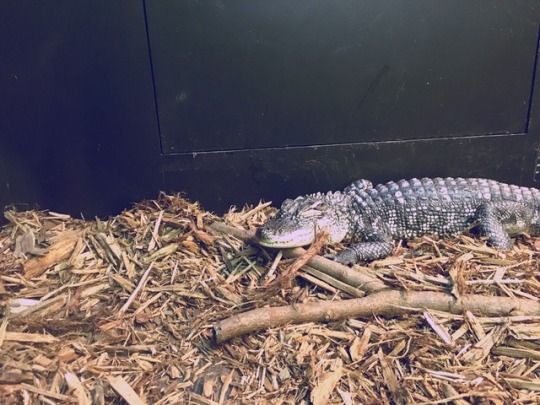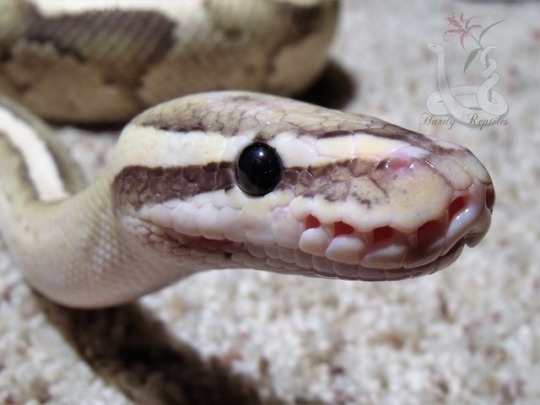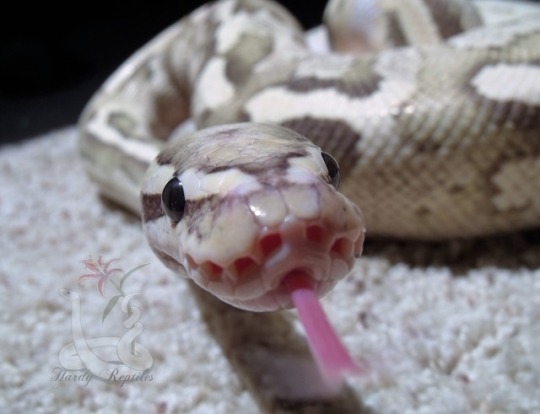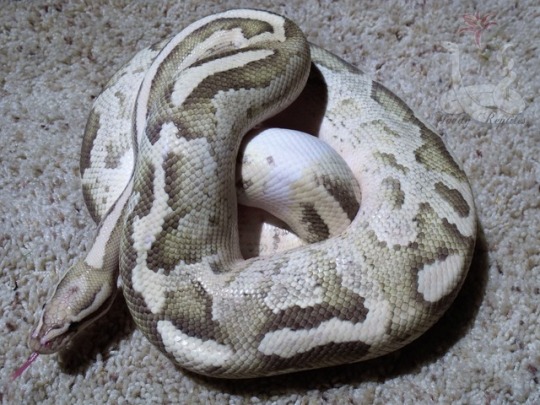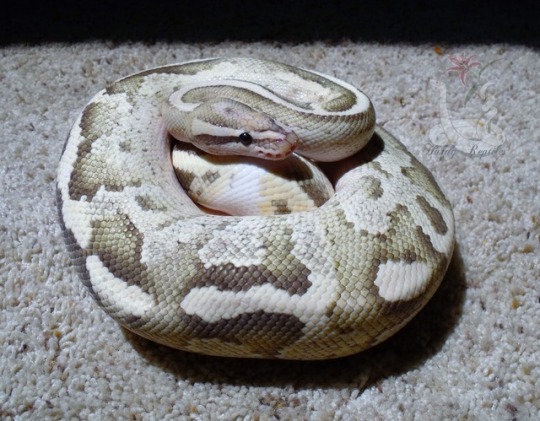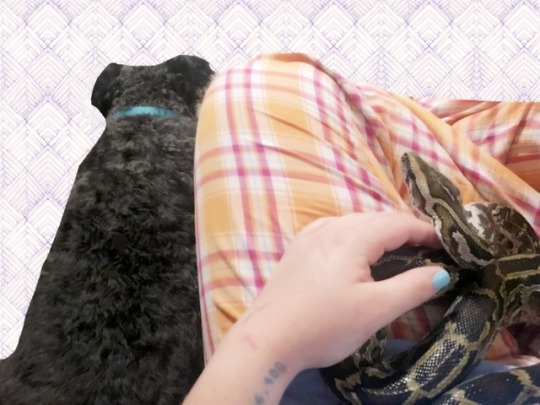Don't wanna be here? Send us removal request.
Text
Let’s Learn About Skinks!
Part 1
What’s a skink?
A skink is a lizard in the family Scincidae. This is the second largest taxonomic group of lizards, the first being geckos. 28.5% of lizard species are geckos and 25% are skinks. There’s a lot of lizard species (6,622 species), but most are from various families.
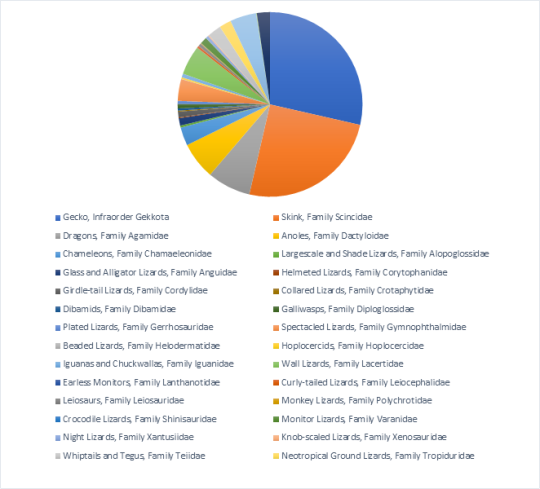
This is a graph I made using iNaturalist’s list of lizard species per infraorder/family.
Skinks are generally categorized as having a body low to the ground, short limbs, and a lack of obvious neck.

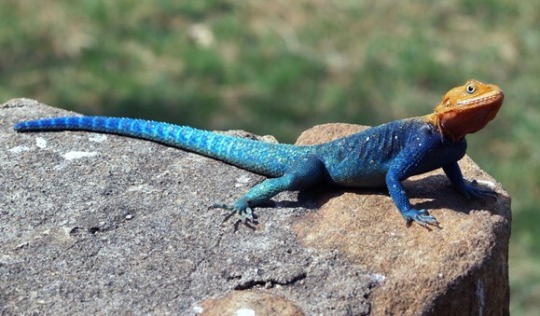
Skink on the left, “average” lizard on right.
Skinks are found all over the world, leading to them being one of the most diverse families of lizards. Here are some examples of the large variety of skinks and their adaptations.
Limbless Skinks, Subfamily Acontinae
These skinks lack limbs, have small heads and smooth bodies to easily live underground. Some have even evolved to barely have eyes, like the Cuvier’s Blind Legless Skink, as is doesnt need eyesight in soil/sand.

Latast’s Snake Skink, Ophiomorus latastii
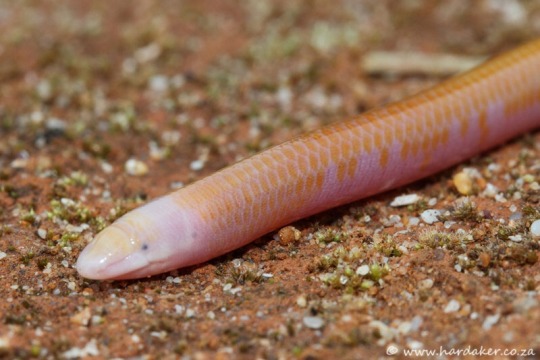
Cuvier’s Blind Legless Skink, Typhlosaurus caecus
Solomon Island Skink, Corucia zebrata
Also called the Prehensile-tailed Skink, this skink lives up in the trees using its long forelimbs, long fingers/toes, and its prehensile tail! Prehensile means grasping, so just like a monkey tail is can grab onto branches.
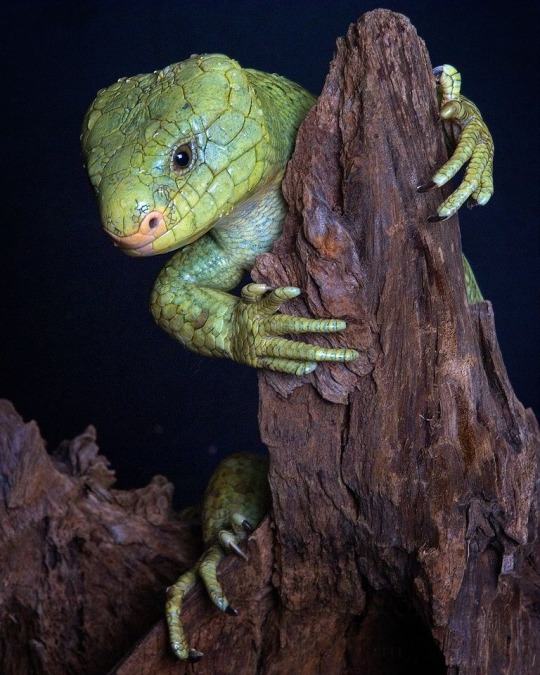

Shingleback Skink/Lizard, Tiliqua rugosa
This skink has tough thick scales to protect itself from predators. They have a blunt tail that resembles the skink’s head, this is an example if automimicry (where an animal mimics another part of the body). This confuses predators, as they dont know which end of the skink is the head.
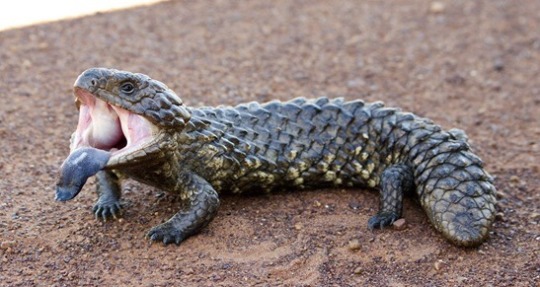
Another adaptation of the shingleback skink, and other skinks in the genus Tiliqua, have a blue tongue. This blue tongue is used to startle and frighten predators. When a genus Tiliqua skink feels threatened, it opens its mouth and sticks out its tongue and hisses. This sudden bright color of a dull colored animal can be very startling for a predator. Espically for animals that can see UV light. As some research suggests that blue tongued skink may also have UV coloration in the back of their tongues. Which would give a very bright sudden color if the skink sticks its tomgue out really far. Which I think would be even more startling! The example picture below is that of a Blotched Blue-tongued Skink, Tiliqua nigrolutea.
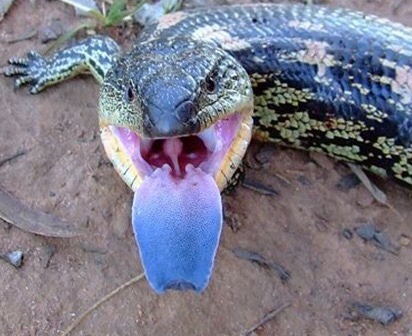
Sandfish Skink, Scincus scincus
A skink well adapted to burrowing in the desert, the sandfish skink has small limbs and tail and a pointy shovel-like snout. Being able to easily bury itself into the sand allows the skink to stay cool in a hot climate.
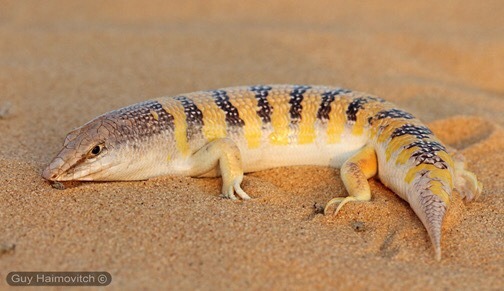
2K notes
·
View notes
Text
Toucans are pretty weird, right?
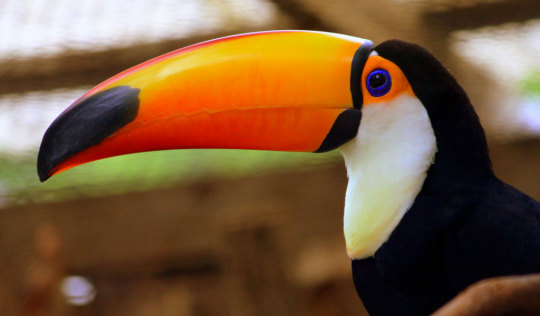
I mean look at them, they’re all fucking beak.
But they get weirder.
Have you ever seen a toucan skull?
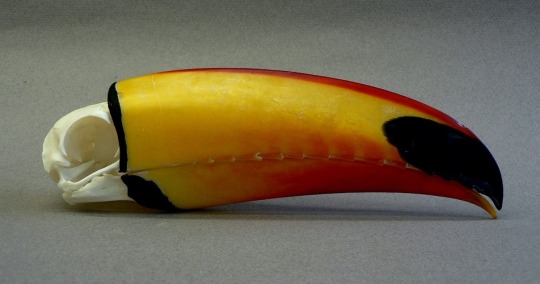
I MEAN LOOK AT THIS THING THEIR BEAK IS TALLER THAN THEIR ENTIRE FUCKING SKULL
86K notes
·
View notes
Text
i almost cried when i saw this for the first time
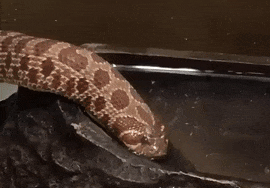
489K notes
·
View notes
Photo


Gumby is not sure what you might be talking about! She loves to give brother Tiny many big hugs! 😊🐸😄
224 notes
·
View notes
Photo
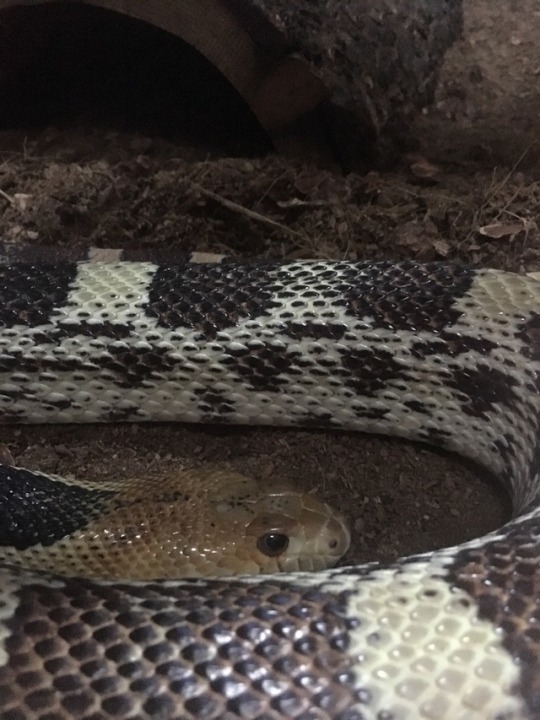
My Mexican pine snake 🐍
0 notes
Photo
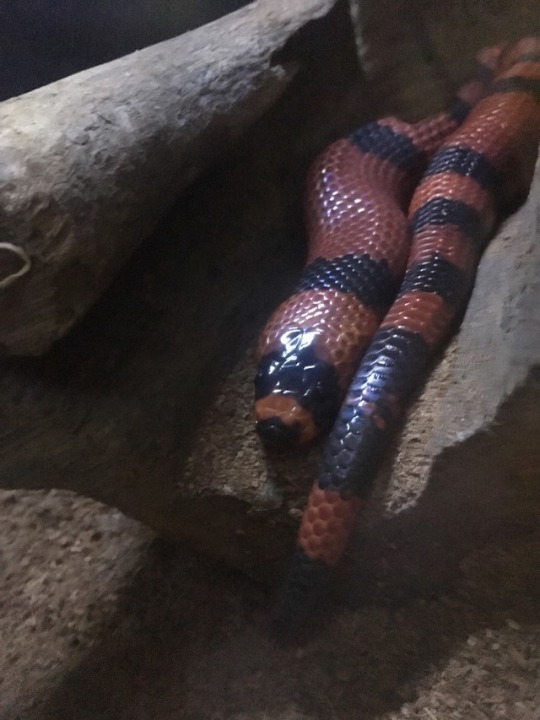
My Honduran milk snake
0 notes
Text
when an animal doesn’t like me it really impacts my self esteem
1M notes
·
View notes
Photo
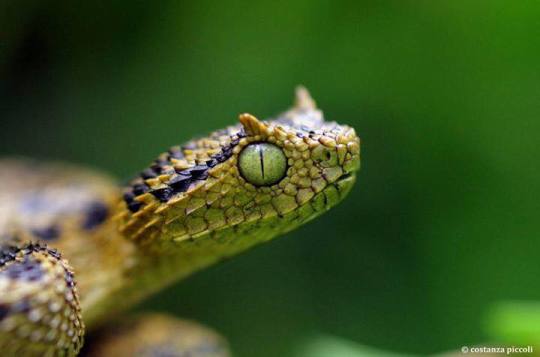
Usambara bush viper (Atheris ceratophora).
Credit: Costanza Piccoli
> For more pics, videos & articles visit: herpkeepers.com
273 notes
·
View notes
Photo
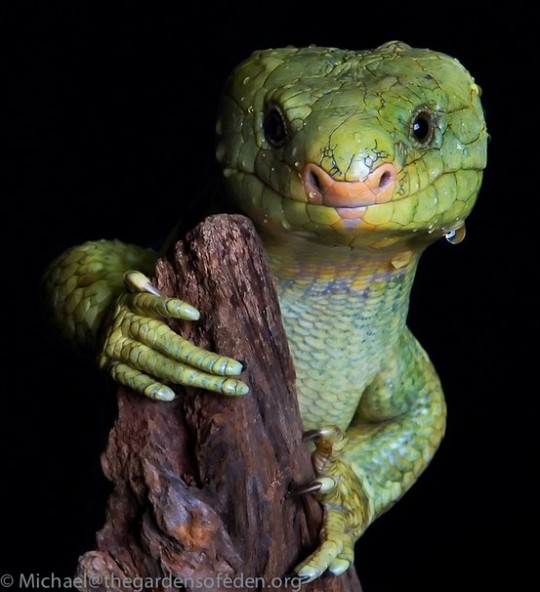
Corucia zebrata, Soloman Island Monkey Tailed Skink
4K notes
·
View notes
Note
What is the proper technique to boop the snoot?
Step 1. Extend finger out toward the snoot to check if the noodle is okay with boopings
If you receive one (1) small kiss, you may proceed to step 2
Step 2. Gently boop the snoot
57 notes
·
View notes
Photo

Jerry just chillin
4 notes
·
View notes
Text
Reptile keeper PSA
HEY GUYS! so, I know a lot of us use Exo-Terra plastic plants in our enclosures, and I’m no exception, since they’re so cheap and look decent.
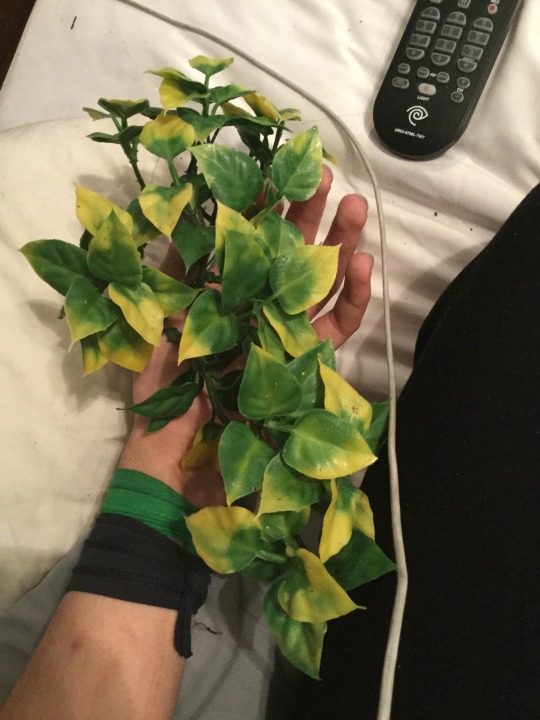
but I just pulled one out of my Cuban tree frog’s enclosure, and I found this
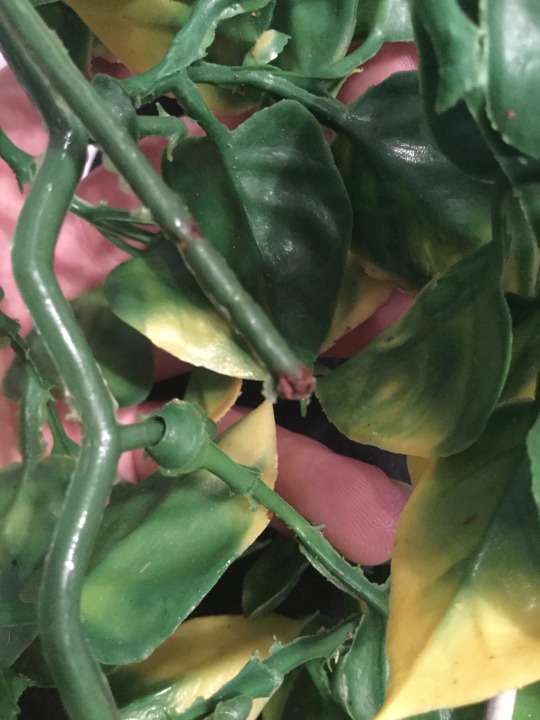
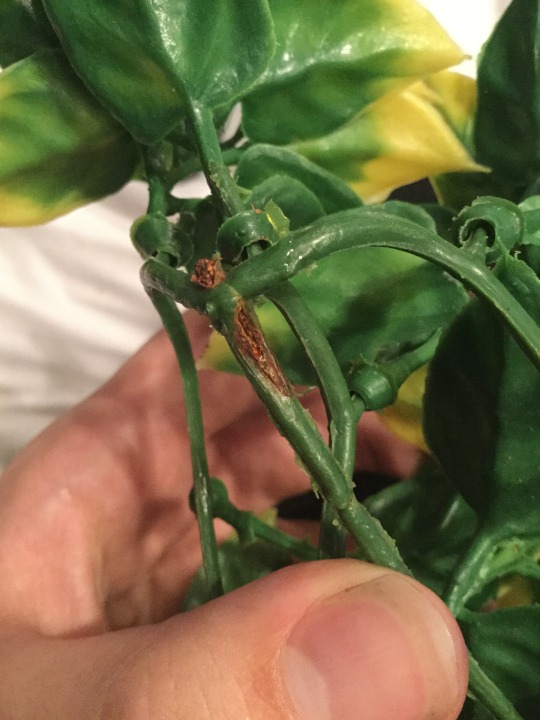
that would be rusty wire sticking out of the plastic.
so I went and checked all my others, and sure enough, almost all of them had some protruding rusty metal wires.
Exo-Terra, are you fucking kidding me? how can you tell your customer base that this is terrarium-safe??
reptile/amphibian keepers: PLEASE remove these from your enclosures! don’t let your animals get exposed to potentially toxic levels of rust!
I have had a few mysterious amphibian deaths recently and I’m starting to wonder.
so please use these ONLY in arid/desert enclosures… or better yet, don’t use them at all!
reptile side of tumblr… reblog to save a life.
8K notes
·
View notes
